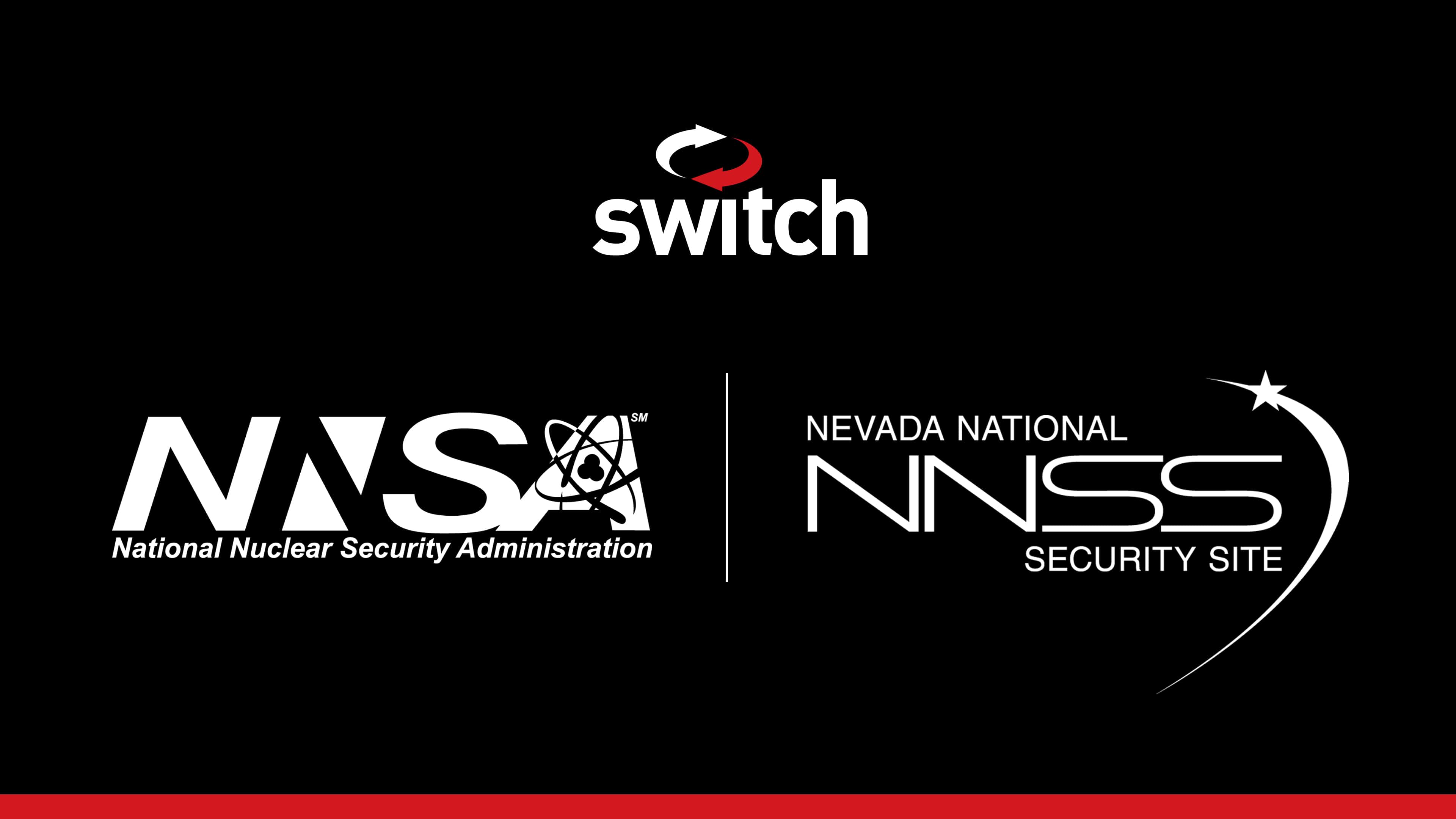Emergency Communications Network switch can enable secure, dedicated capability
WASHINGTON – The U.S. Department of Energy’s National Nuclear Security Administration (DOE/NNSA) welcomed a new technological capability to exchange secure real-time voice, data, and video information during nuclear or radiological emergencies. The Emergency Communications Network (ECN) will provide emergency response personnel an encrypted, dedicated network and improve their ability to communicate with internal and external partners.
The ECN is hosted at Switch in Las Vegas. NNSA Administrator and DOE Under Secretary for Nuclear Security Lisa E. Gordon-Hagerty attended a ribbon-cutting on September 2 for the unveiling of the ECN while visiting the Nevada National Security Site (NNSS). The visit was part of a summer tour to the agency’s eight laboratories, plants, and sites nationwide.
“Our emergency responders deserve the fastest and most reliable communications available to effectively respond to nuclear or radiological incidents or accidents,” she said. “As a steward of American taxpayer dollars, I am strongly in favor of spending less money on NNSA data storage and operations, while retaining a highly secure cyber-environment.”
The ECN will enhance the ability of emergency responders to effectively manage situations that involve NNSA assets and interests. Examples of data-heavy information include radiation detection and analysis, geographic information systems maps, data telemetry, and nuclear/radiological detection applications, among other response tools.
During the event, Gordon-Hagerty met with representatives of Switch, the company in Las Vegas that hosts the ECN.
The ECN data center migration project is estimated to cost $7.8 million, and was completed ahead of schedule and under budget.
Follow the Administrator on Twitter at @LGHNNSA to keep up with her travels.

